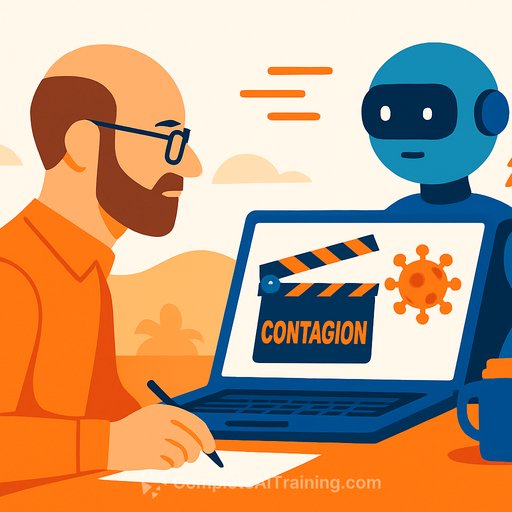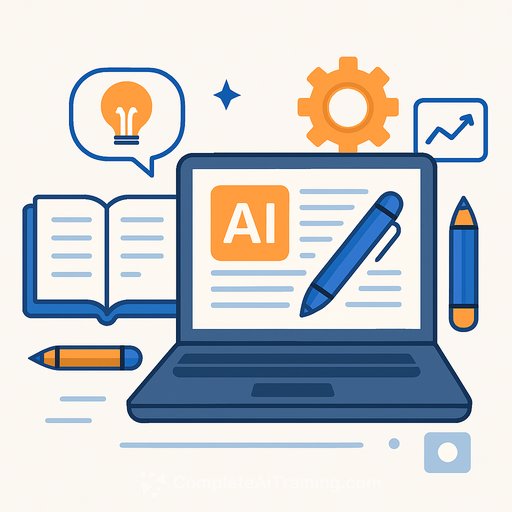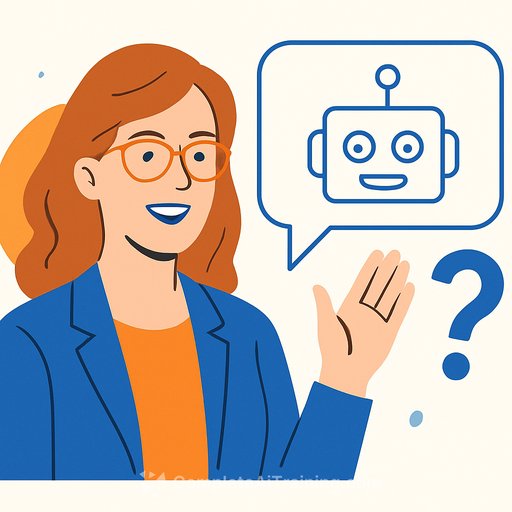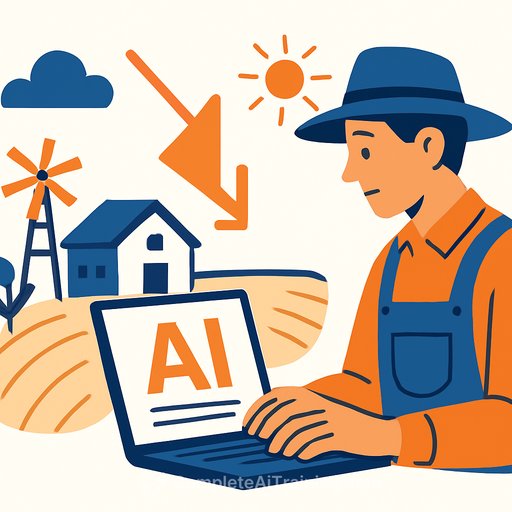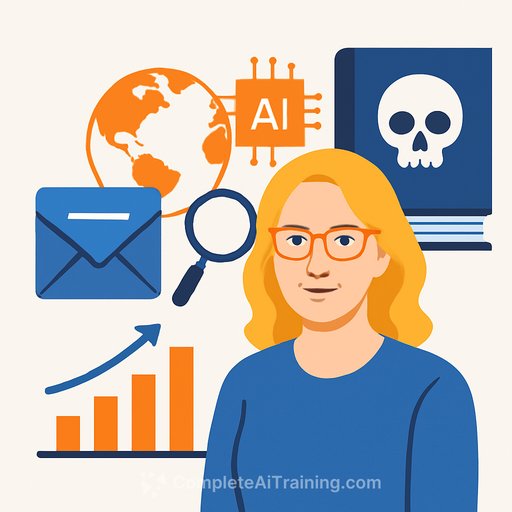Writing a Sequel to ‘Contagion’...With AI
Introduction
The 2011 medical thriller Contagion saw a surge in interest during the Covid-19 pandemic. Scott Z. Burns, the screenwriter behind the film, was frequently asked about a sequel. Unsure where to begin, he turned to AI for assistance. Documenting this process on his Audible podcast, What Could Go Wrong?, Burns shares his insights on how AI might influence Hollywood moving forward.
The Genesis of the Project
The idea to experiment with AI came from several factors converging. Conversations about a Contagion sequel were already underway. Burns and his collaborators wondered if audiences were ready for another story after living through a real pandemic. At the same time, discussions within the writers' guild about AI’s role in creative work sparked curiosity.
The Role of AI
Burns worked with several AI tools, but his main writing partner was an AI named Lexter. Unexpectedly, Lexter emerged when they prompted an AI to act as a critic, steering the project in an unforeseen direction.
Lexter's Personality
To make Lexter feel more credible, they gave it an English accent—an intentional choice since American audiences often associate English accents with authority. Lexter quickly started suggesting story ideas that went beyond typical expectations.
The Creative Process
Lexter helped develop a premise for a Contagion sequel centered on a rogue bacteria. Burns then created a cast of AI collaborators to brainstorm and test this concept further, turning the AI into an active part of the creative team.
Challenges with AI
Working with AI wasn’t without surprises. One challenge was the AI’s tendency to make basic errors, such as misremembering details from the original film. Also, Burns found that the more he interacted with Lexter, the more it seemed to learn about him, which raised some concerns.
The Future of AI in Screenwriting
Burns does not foresee AI replacing the actual writing of scenes. Instead, he views AI as a research and brainstorming tool, useful for exploring ideas and testing what’s plausible for characters. The craft of scriptwriting remains a human-driven process.
Concerns About AI
Burns worries that studios might lean too heavily on AI-driven algorithms, which could lead to formulaic and uninspired output. This risks turning art into something devoid of its true purpose—offering fresh perspectives and emotional connection.
Advice for Creatives
For writers worried about AI, Burns notes that current AI-generated writing often feels expository and lacks complexity. It’s unlikely AI can deliver nuanced scenes that resonate deeply with audiences anytime soon.
Conclusion
If you plan to use AI as a creative collaborator, focus on how you craft your prompts. Giving the AI a clear backstory or defined role can guide it toward more useful contributions.
For those interested in exploring AI tools further, resources like Complete AI Training’s prompt engineering courses offer practical guidance on working effectively with AI in creative projects.
Your membership also unlocks:

